Enforcing Intellectual Property Rights in China
In recent years, China has continued its commitment to improving the protection of intellectual property, while filings for IP registrations have exploded. For example, the National Intellectual Property Strategy was designed to improve China’s ability to protect and administer IP. Yet despite these advancements challenges still exist for foreign businesses with commercial activities in China.
Establishing Your IP Rights
Intellectual property falls under a few broad categories, and we will touch on each one briefly:
- Trademarks (™): Trademarks must be registered to enjoy protection and are relevant to the widest range of businesses, and are simply a distinctive mark or brand that companies use to identify that the product or services with which the mark appears is from a unique source.
- Patents: China recognizes three types of patents for 1) industrial designs; 2) utility models; 3) inventions. While industrial design patents protect the form of an object, utility and invention patents are for protecting unique technical solutions. All patents must be registered to enjoy protection.
- Copyright: Copyright can be thought of as a “natural right” that is automatically born when an original work of literature, art or science is created. Commonly known for following books, photos, paintings, audio/video recordings, etc., increasingly copyrights are recognized for the design of utilitarian goods. While registration is not required, it is possible and its registration in China could lower the burden of evidence in lawsuits.
- Domain Names: China has the largest number of internet users in the world and a rapidly increasing amount of commerce is being conducted online. Domain names ending in [.cn] and domain names in Chinese language should be a part of any foreign company’s IP protection strategy here.
- Trade Secrets: Chinese law includes both criminal and civil liability for the infringement of trade secrets. As one might expect, trade secrets cannot be registered, however companies can still claim technical or business information as long as certain conditions are met.
Locate Infringers
Finding out who or which company is infringing on your IP is a tricky business, as all too often by the time a case is discovered the damage to brand reputation or public image has already been done. Companies in China should be actively monitoring online, digital and physical infringement. While it can be challenging to obtain a full view on the scope of infringements let alone collect sufficient evidence to take legal action, one way to do so is to instruct one employ or retain a law firm with an IP department to monitor online infringements regularly, while you should consider hiring an investigation firm to find out more details about counterfeit traders and manufacturers.
IP Enforcement Options
- Cease and Desist Letters: Many IP owners prefer first to make an attempt to pressure the infringer to stop or negotiate a deal. Usually this involves a lawyer sending a cease and desist letter which is often called a “Lawyer’s Letter” in China. The effectiveness of these letters is varied and depends on circumstances of each case.
- Administrative Action: China has many administrative departments and which one has jurisdiction depends on the kind of IP right involved. For trademarks, the State Administration for Industry and Commerce (SAIC); for patents, the State Intellectual Property Office (SIPO); for copyrights, it’s the National Copyright Administration (NCAC). If the infringement is on products imported or exported, the General Administration for Customs (GAC) should be engaged.
- Civil Lawsuits: When administrative action is not enough, companies can go one step further and begin civil litigation. The main advantage of this next stage is being in more control of the process and the possibility of receiving compensation. Usually this type of litigation is similar to general litigation and dispute resolution, albeit more specific and defined rules and strategies.
- Criminal Lawsuits: In fact the least common could result in the best outcome; criminal enforcement of IP infringement is similar to other criminal cases. One challenge of this type of prosecution is the burden of evidence often required to convince the Public Security Bureau to investigate. Not all IP infringements qualify for criminal prosecution, while generally larger scale or high value product infringements do.
Determining your Enforcement Strategy
Deciding on a strategy should follow a simple pattern: for small infringers, start with a formal Cease and Desist Letter sent by an experienced PRC law firm. Often times as soon as the small infringer sees this attention and involvement, they are more willing to comply.
For mid-sized cases of IP infringement, companies should start by engaging a law firm to visit the appropriate administrative body in China depending on the specific IP involved. Since trademarks are the most common form of IP in China, the AIC is a familiar and often involved department in such cases.
Large IP infringers deserve swift and strong legal action, to squash any dream of continuing such counterfeiting. Depending on the evidence available, the nature of the infringement, locale, etc. companies - along with their legal counsel - should decide the civil or criminal route.
Conclusions
Foreign companies with commercial or investment interests in China should always take the necessary steps to maximize their IP rights protection. This includes registering trademarks, brand logos, Chinese domain names, and patents, while making appropriate arrangement to protect their copyrights and trade secrets. If your IP is protected under Chinese law, owners have a range of options to enforce these rights including Cease and Desist Letters, administrative action, civil lawsuits and criminal prosecution.
By having a comprehensive IP protection and enforcement strategy for your business, companies can have better peace of mind when operating in China.
